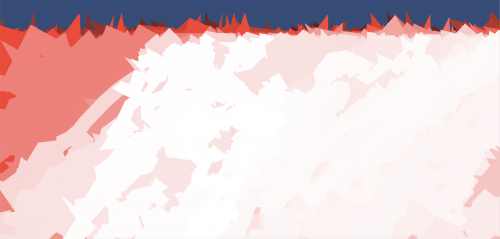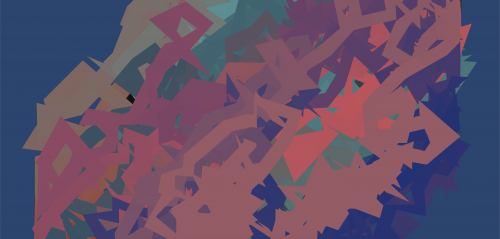my little brain
Theme
Forces
Context
I have been greatly inspired by Costello and Edmonds’s A Study in Play, Pleasure and Interaction Design regarding this week’s theme. As Costello and Edmonds have described them I am interested in exploring the pleasure principles of Exploration - ’the pleasure participants get from exploring a situation’, Discovery - ‘the pleasure participants get from making a discovery or working something out. For example, participants may be unsure about the relationship be- tween their actions and a sound that a work emits and may then feel pleasure when they realize that a specific action can control that sound’, Captivation - ‘the pleasure of participants feeling mesmerized or spellbound by something or of feeling like another entity has control over them’ and Sympathy - ‘the pleasure of sharing emotional or physical feelings with something’. I may not be able to get all of these concepts across clearly in this week’s response but I am really fascinated by how they work with each other.
Method
For this week’s theme I will make a Unity app that will create art based on sound input.
Response
Fabian helped with the code for this one. The original intention was to use a script that would take sounds over a certain loudness threshold to then make a decision to move a game object, that would then have the TrailRenderer component on it to make generative art based on the sound. I found that I enjoyed this more when it felt like it wasn’t working, and tweaked it so it made a decision based on any amount of loudness at any point. This made for an exciting little machine that to me gave off a representation of brain synapses reacting to stimuli.
I tried talking to this little machine through the microphone but it didn’t feel like it was reacting to my voice, because it was reacting to anything and everything randomly. The more I thought about this app the more I felt an obligation to try and find something that would sound nice for it, and so played music for it. The first album I played for it was Abbey Road by The Beatles.
While this being random and so not possible to tell what this image would have been without Abbey Road playing, there is a larger question raised with this app about nature vs. nurture that I find really fascinating. To me I see a clear image here with a suggestion of character movement within, and I wonder if my little machine brain drew that because it was listening to such good music.
My next thought was, since I made this, maybe it’s in my own image, and so maybe it likes movies? I played the soundtrack for Trainspotting, and adjusted the TrailRenderer colours to match the colours of the soundtrack cover.
After this I played the soundtrack for Once Upon a Time in Hollywood, and made a screen recording of how the little music brain interpreted it. You can watch the screen recording in the attached video at 12000% speed. I then thought I’ll give it a break from movies and go back to just music, with an album by the band glass beach. I recorded these findings as well. For the glass beach recording I lowered the TrailRenderer emission length so it would move on its own again after a while. I have included the screen recording of this in the attached video at 2000% speed.
Reflection
I did not expect to become so attached to my little brain. It started out as mostly a test in Unity to learn more about how sound can be used as input, but as mentioned in my response I found myself wanting to give it more and more music and sounds to react to. I ran it again and again with different music to see what it would do and I personally think that if it could give an answer to this question, its favourite selection would be the glass beach album.
I found myself absolutely captivated by my little brain and would like to explore it further in the future.
About This Work
By Emmett Redding
Email Emmett Redding
Published On: 26/08/2019



